IVDD in Dogs: How Modern Therapies Support Spinal Healing
It often starts with a sound you’ll never forget- a sudden yelp followed by confusion as your dog struggles to stand. For many families, this is the first sign of Intervertebral Disc Disease (IVDD), a spinal condition that can cause pain, weakness, or paralysis.
At Homestead Animal Hospital, we help dogs with IVDD through early diagnosis, medical management, and modern therapies like laser and stem cell treatment. While spinal surgery is performed at specialty neurology centers, our team plays a vital role in post-surgical recovery, rehabilitation, and long-term mobility support to help your dog regain strength and quality of life.
Understanding Intervertebral Disc Disease (IVDD)
What Is IVDD?
IVDD occurs when the cushioning discs between the vertebrae rupture or degenerate, pressing on the spinal cord. This pressure causes pain, inflammation, and- depending on severity- loss of movement or sensation.
The condition is especially common in breeds such as dachshunds, corgis, and beagles, though any dog can be affected.
Early signs may include:
- Hesitation to jump or climb stairs
- A hunched or stiff posture
- Yelping when picked up or touched
- Wobbly walking or dragging feet
As the disease progresses, dogs may lose control of their hind legs or become completely paralyzed. Because IVDD in dogs can worsen rapidly, early intervention is critical.
Why IVDD Requires Prompt Veterinary Attention
IVDD is a true neurological emergency when mobility suddenly changes. The longer the spinal cord remains compressed, the greater the risk of irreversible damage. Dogs that still feel pain in their legs when tested have a much better prognosis than those who do not.
At Homestead Animal Hospital, our urgent care team can assess neurological function, recommend stabilization measures, and coordinate referral to a specialty center when surgery is needed. Acting quickly often makes the difference between temporary and permanent paralysis.
Modern Therapies for IVDD: Laser and Stem Cell Treatment
At Homestead Animal Hospital, we’re proud to offer advanced therapies that help dogs recover strength and comfort after spinal injury. Our team combines laser and regenerative treatments with personalized rehabilitation plans to reduce pain, support healing, and improve mobility for pets living with IVDD.
Laser Therapy for Spinal Healing
Laser therapy uses gentle light energy to reduce inflammation, ease pain, and encourage tissue repair. For dogs with IVDD, it helps relieve swelling around the spinal cord and speeds up recovery- whether after surgery or during rest-based treatment.
Laser therapy in veterinary medicine is completely non-invasive and painless. Most dogs relax during sessions, and many families notice better movement and comfort within just a few visits. When used alongside rehabilitation and home care, it’s an excellent tool for restoring mobility.
Stem Cell Therapy: Regenerative Support for the Spine
Stem cell therapy uses a dog’s own regenerative cells- collected from a small fat sample- to encourage healing in damaged spinal tissue. These cells release natural growth factors that calm inflammation and help repair nerves.
Stem cell therapy in animals continues to evolve, and studies on stem cell therapy for dogs with IVDD show encouraging results in restoring function and improving comfort.
At Homestead, we integrate stem cell therapy into individualized recovery plans that may also include laser sessions, pain management, and guided rehabilitation. Our goal is to give every dog the best chance at a stronger, more comfortable life after spinal injury.
Recovery and Rehabilitation: The Path After IVDD
Surgery and Referral Care
Dogs with severe IVDD or total paralysis often require spinal surgery performed by a board-certified neurologist or specialty center. Homestead Animal Hospital does not perform spinal surgery on-site, but we work closely with surgical teams to coordinate care before and after the procedure. Once your pet returns home, our doctors provide ongoing management, pain control, and tailored rehabilitation plans.
Post-Surgical and Non-Surgical Rehabilitation
Rehabilitation is one of the most important parts of IVDD recovery. Techniques such as controlled exercises, balance work, and hydrotherapy help rebuild strength and retrain nerve pathways.
Rehabilitation for neurological conditions can make the difference between partial and full recovery.
Our team designs gradual, individualized recovery programs that focus on:
- Restoring muscle tone and coordination
- Maintaining joint flexibility
- Preventing pressure sores and secondary injuries
- Encouraging safe mobility with harnesses or carts
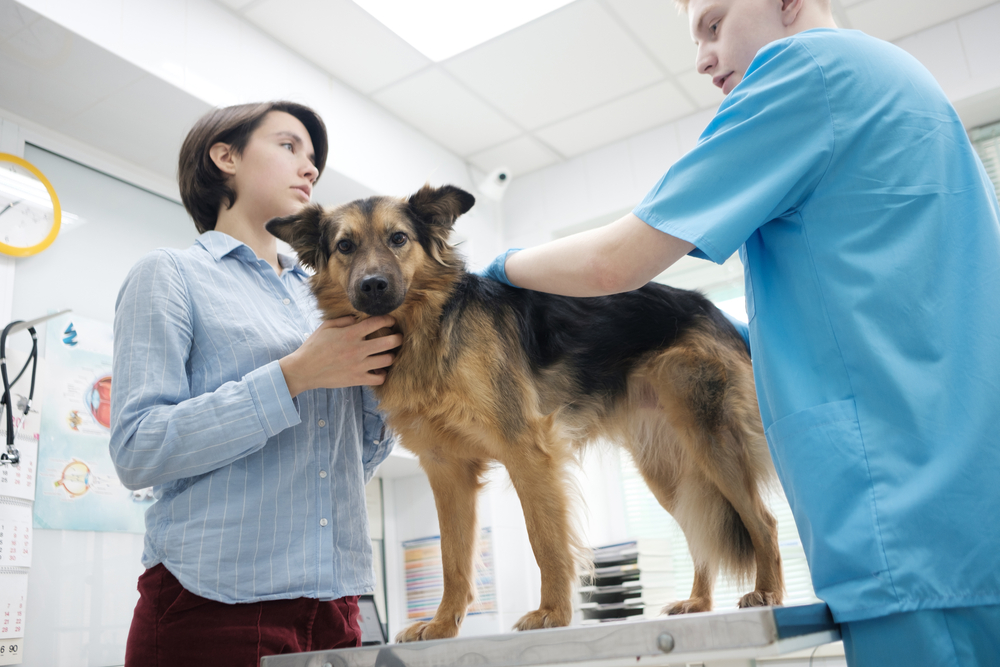
Living with a Paralyzed or Partially Paralyzed Dog
Some dogs recover only partial movement- or none at all- but can still live happy, fulfilling lives with the right care. Long-term management focuses on protecting the skin, supporting mobility, and preventing urinary complications.
Key considerations include:
- Foot protection: Dogs that drag or scuff their hind paws may develop abrasions or worn nails. Protective booties or drag bags can prevent injury.
- Bladder care: Paralyzed dogs often cannot fully empty their bladder, which can lead to infections or discomfort. Owners may need to learn bladder expression to prevent urine retention.
- UTI monitoring: Increased risk of urinary tract infections means regular checks for odor, discoloration, or discomfort are essential.
- Incontinence management: Fecal or urinary incontinence can be managed with absorbent bedding, frequent cleaning, and veterinary guidance.
Our team teaches families how to safely manage these routines and monitors each pet’s progress to adjust care as needs change. With patience and consistency, many dogs adapt well and maintain excellent quality of life.
Prevention and Long-Term Spinal Health
While genetics play a role, there are ways to reduce your dog’s risk of future disc injuries:
- Keep your dog at a healthy weight to minimize strain on the spine
- Avoid high-impact activities like jumping on and off furniture
- Provide ramps or steps for easier access
- Maintain regular checkups to monitor mobility and posture
Our wellness care programs include spinal health evaluations and preventive counseling for breeds prone to back problems.
Your Dog’s Path to Comfort and Confidence
A diagnosis of IVDD can feel overwhelming, but it is not the end of your dog’s mobility or happiness. With modern therapies, rehabilitation, and attentive home care, many pets recover or adapt to active, joyful lives.
At Homestead Animal Hospital, our compassionate team is here to guide your family through every stage- from urgent evaluation to long-term spinal support.
If your dog shows signs of back pain, reluctance to move, or sudden weakness, call 518-930-5539 or request an appointment online. Prompt care gives your dog the best chance at recovery and lasting comfort.


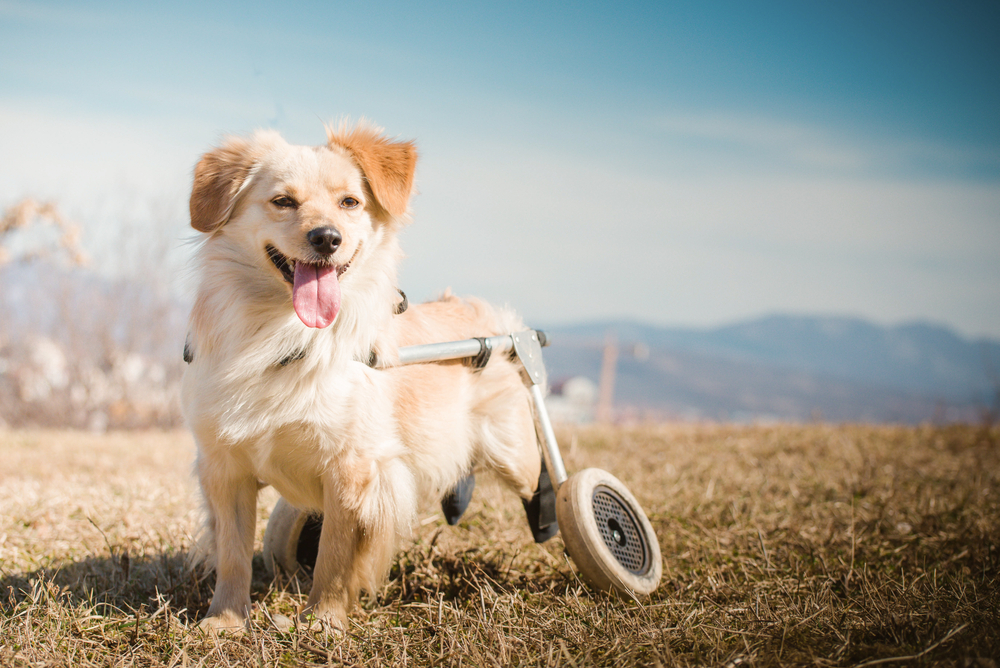
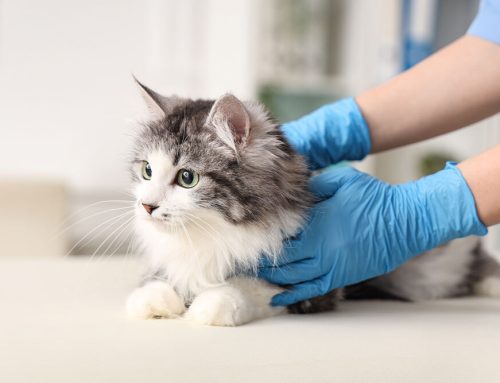
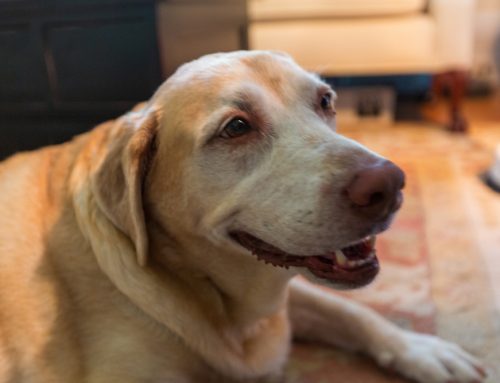
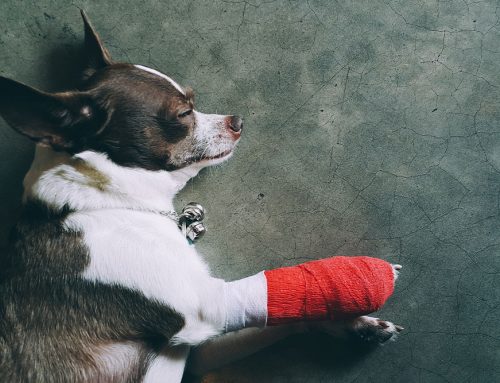










Leave A Comment